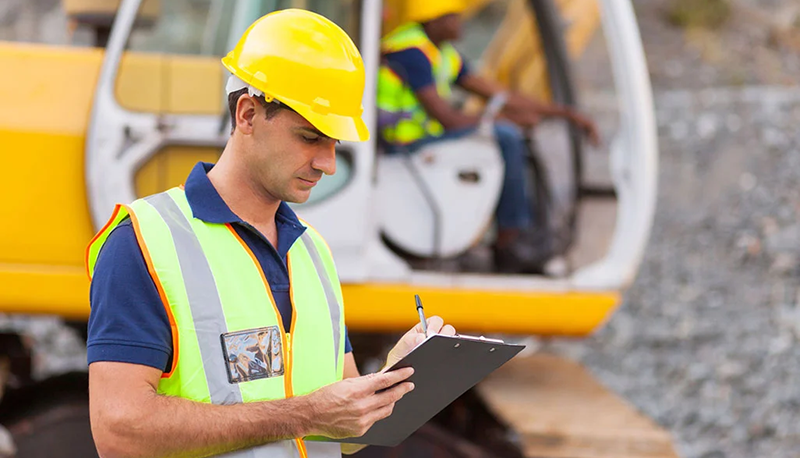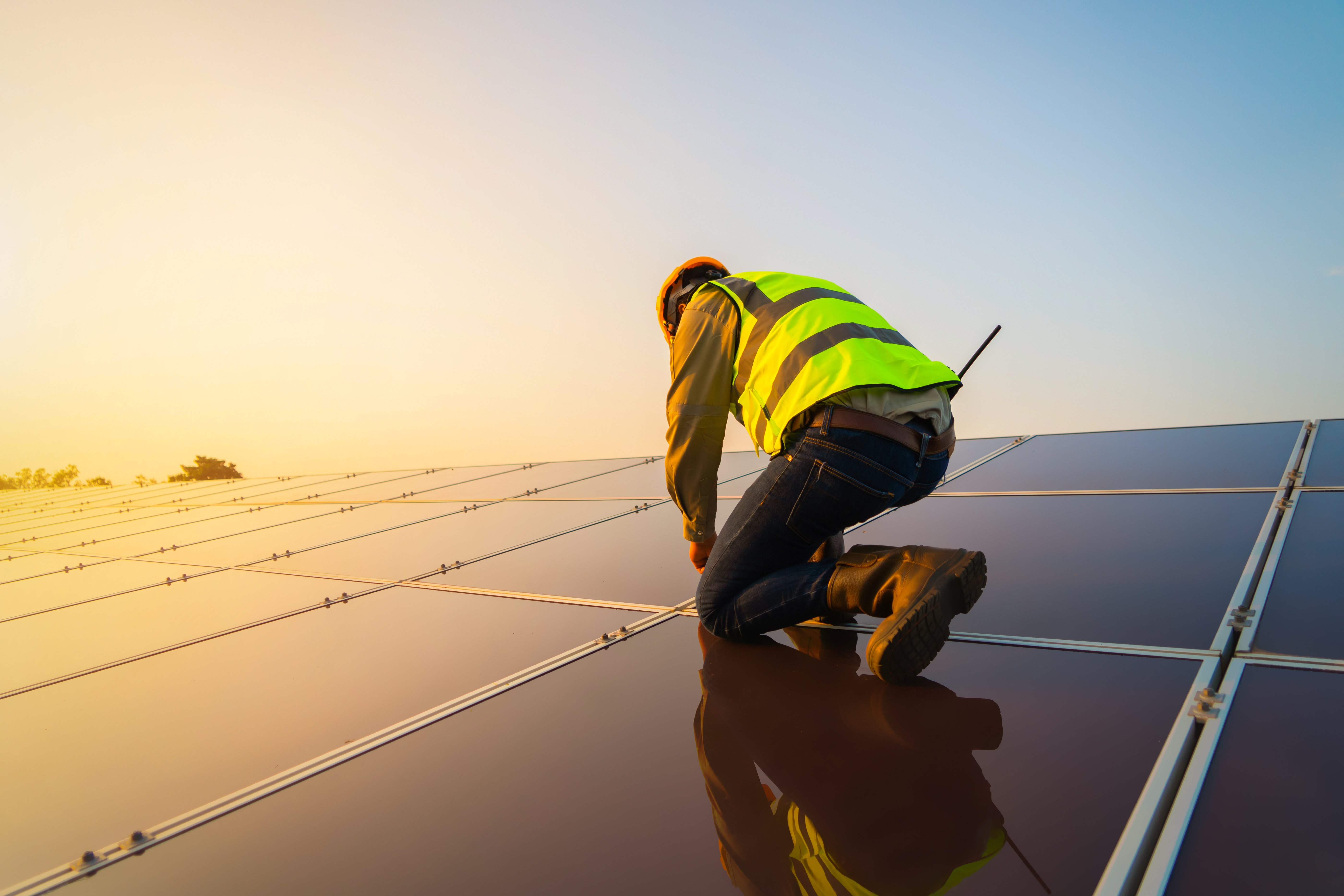
Top 10 Trends in Construction for 2025
Key Innovations Shaping the Future of Construction
The construction industry is evolving at a rapid pace, driven by advancements in technology, changing regulations, growing demands for sustainability, and a need for increased efficiency in project delivery. From AI-powered project management tools to a focus on sustainability and resilient infrastructure, these trends are reshaping how we plan, build, and deliver construction projects. In the year ahead, the industry is expected to undergo significant change as it adapts to new challenges and opportunities.
Here, we explore the top 10 trends to watch that will be shaping the construction industry in the coming year.
1. AI-Driven Construction Management
Artificial intelligence (AI) continues to disrupt industries including the construction industry. From predictive maintenance to optimizing project timelines, AI-driven tools are enhancing productivity and decision-making. In 2025, expect to see more companies leveraging AI to plan and design projects, identify risks, and streamline operations. AI tools help teams anticipate challenges and pivot quickly.
2. Digital Twins for Enhanced Project Planning
Digital twin technology creates a virtual replica of physical structures, allowing stakeholders to simulate and analyze projects before breaking ground. In 2025, digital twins will become a standard tool for visualizing designs, detecting potential issues, and optimizing building performance. By simulating real-world conditions, digital twins reduce errors and improve collaboration across teams, ultimately delivering higher-quality projects.
3. Increased Adoption of Smart Grid Technology
Smart grids are revolutionizing how utilities manage energy distribution and consumption. In 2025, construction projects will increasingly integrate smart grid components, such as advanced sensors, real-time monitoring systems, and automated controls. These upgrades enhance the efficiency, reliability, and resilience of utility networks, while enabling better demand-response strategies and renewable energy integration.
4. Expansion of Renewable Energy Infrastructure
With global commitments to reduce carbon emissions, renewable energy infrastructure will remain a key focus. Solar farms, wind turbines, and hydroelectric facilities will see continued growth. Additionally, utility companies are expected to prioritize hybrid projects that combine renewable sources with advanced storage systems to ensure a steady energy supply.
5. Emphasis on Undergrounding Utilities
Extreme weather events have highlighted the vulnerability of overhead power lines. In response, utility companies are increasingly investing in undergrounding utilities to improve grid reliability and minimize outages. This trend will lead to large-scale projects focused on burying electrical, telecommunications, and water infrastructure, particularly in urban and disaster-prone areas.
6. Growing Demand for Sustainable Construction Practices
Sustainability is no longer optional - it’s a necessity. Construction companies are adopting green building materials, energy-efficient designs, and environmentally friendly construction methods. Sustainable practices are key to reducing environmental impact and meeting government regulations. Projects are increasingly adhering to sustainable certification programs like LEED (Leadership in Energy and Environmental Design), showcasing a commitment to environmental stewardship.
7. 5G and IoT Integration
The rollout and expansion of 5G networks is enabling faster and more reliable communication on construction sites. Coupled with the Internet of Things (IoT), this connectivity powers smart sensors and devices that monitor progress, equipment performance, and worker safety in real time. Improved connectivity allows for seamless collaboration and data sharing, ensuring projects stay on track, giving teams better visibility.
8. Focus on Water Infrastructure Modernization
Aging water infrastructure remains a pressing concern worldwide. In the near future, a priority will be on replacing and modernizing pipelines, treatment plants, and distribution systems to address water scarcity and improve water quality. Smart water management systems, including IoT-enabled sensors and leak detection technology, will play a critical role in these upgrades.
9. Modular and Prefabricated Construction Methods
Modular and prefabricated construction methods continue to gain momentum, offering faster build times, reduced waste, and lower costs. These techniques allow components to be built off-site and assembled on-site, reducing construction timelines and labor costs. In 2025, modular construction will be widely adopted in industries where rapid deployment of facilities is crucial. With global supply chain challenges and a labor shortage, modular construction provides a practical solution to build efficiently while maintaining high quality.
10. Focus on Resilience Infrastructure and Climate Adaptation
As climate change brings more frequent extreme weather events, building resilient infrastructure is a priority. In the years ahead, construction projects will emphasize climate adaptation, including infrastructure that can withstand floods, hurricanes, and other harsh conditions and natural disasters, ensuring long-term durability. Resilient infrastructure minimizes the economic and social impacts of climate-related disruptions, protecting communities and investments.
Embracing the Future of Construction
The construction industry is evolving rapidly, and staying ahead of trends is essential for success. In 2025, the trends outlined above will reshape how construction companies design, build, and deliver their projects. By embracing innovations like AI, advanced technologies, and sustainable practices, companies can improve efficiency, reduce costs, and deliver high-quality projects that meet the demands of the future.
Subscribe and stay up to date with the newest posts delivered right to your inbox!

